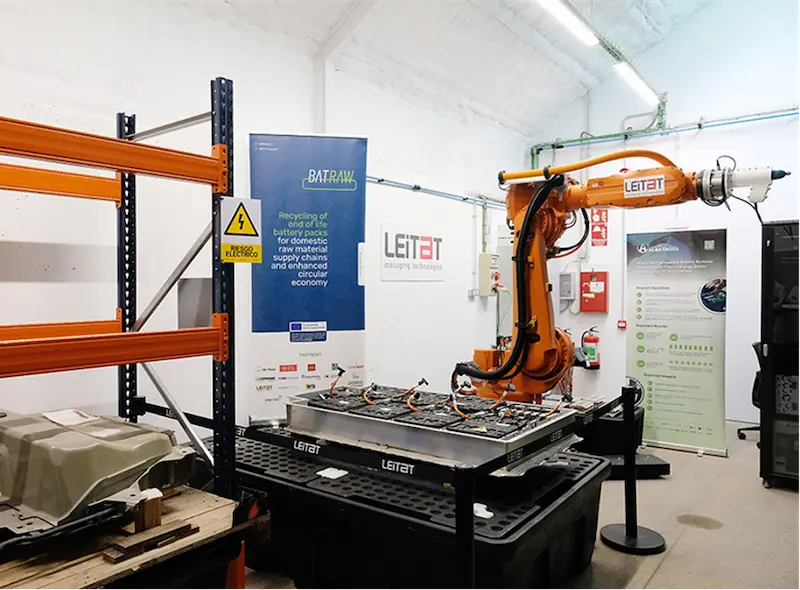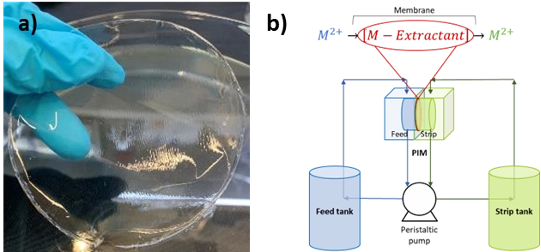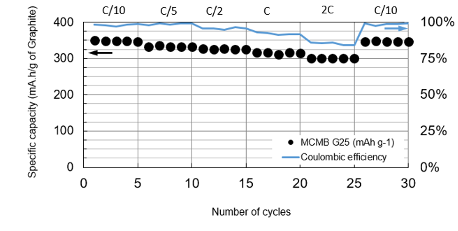LEITAT, OUR PARTNER IN COMMAND
This month we will review the hard work carried out by Leitat Technological Center, serving as both administrative and technical coordinator of BatRaw, who is also actively participating in several work packages. As coordinator, Leitat has led the preparation of the Project handbook, the Data Management Plan, and the Risk Management Plan, in collaboration with the entire consortium and notably the WP leaders. In this line, Leitat has also moderated the discussion to define the specifications for basic setup of the pilot. As a result, a new report summarizes the critical parameters for its proper functioning including, among others, sensitive aspects, transport, deactivation safety, and RM baseline.

Progress towards automatic disassembly
As robotic and electrochemist experts, Leitat is participating to the Failure Mode Effect and Analysis (FMEA), related to the possible issue and risk to anticipate meeting during the disassembly of the battery pack from the vehicle to module and battery cell. In this line of work, the Research center is also proposing an identification solution which consists of the use of an RGB-D camera mounted in a robot and the use of AI neural networks. These neural networks will be capable of identifying the type of battery packs and locate and recognize screws to enable automatic disassembly. AI training is provided from datasets of photos retrieved from different sources, such as internet, partners, and Leitat’s own facilities. All information is then stored in a SQL database that contains electric characterisation data, battery packs and modules model characteristics (size, nominal voltage, nominal capacity, etc) and dismantling steps.
Unleashing the recovery of CRMs
In another line of research, Leitat is looking into the recovery of CRMs from used batteries. With that in mind, several strategies are being applied.
First, Deep Eutectic Solvents (DES) are being used to extract Li, Ni, Mn and Co from the black mass coming from NMC 622 (Targray) batteries. Best candidates (i.e. ChCl:Urea, ChCl:LA and ChCl:CA) were further evaluated using ICP-MS providing the results that can be observed in the figure below.

Secondly, the center is developing and evaluating liquid membranes for the recovery of Co and Ni from the black mass leachate. Liquid membranes are dense polymeric membranes that contain a liquid extractant capable of selectively capturing a species of interest from a solution (feed solution) and transport it towards a receptive solution (strip solution). After testing several compositions and thicknesses, the researchers achieved the extraction of 70% of Co in 30h, a result they are hopeful to improve in the coming months.

b) Schematic image of the setupused for the evaluation of liquid membranes
Leitat is also evaluating the recovery of lithium via insertion and desertion of the lithium in a host ceramic structure, LMO (LiMn2O4). In simple terms, they are testing how well an electrode can insert and remove lithium in a lab solution that has only lithium sulphate at different acidity levels. Additionally, they are exploring a continuous flow system using a specific cell design to concentrate lithium from a synthetic solution.
Finally, they have developed BATRAW reference aqueous graphite anode formulation by using SBR and CMC as binder materials. In addition, LNMO and NMC811 electrodes supplied by TORRECID and CEA were tested in coin-cells showing comparable results to reference materials, only at lower C-rate.


Environmental Impact Assessment
The first 18 months of the project have focused on the initial phases of the LCA methodology. During the goal and scope definition and after a thorough literature review of LCA studies on EV battery recycling, Leitat has determined the system boundaries in different scenarios and described all the inflows and outflows. Then, in order to collect all the quantitative data from each life stage, a template was created and shared with the partners.




